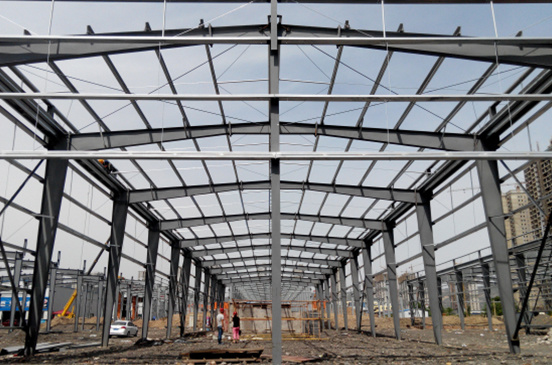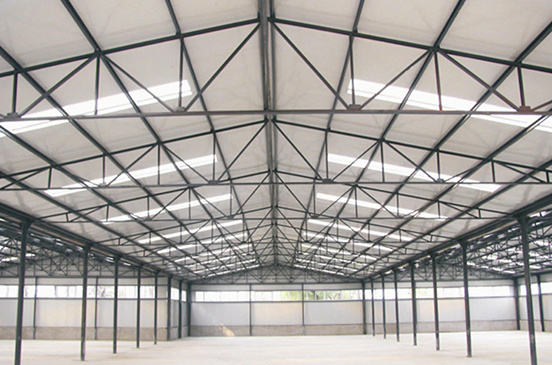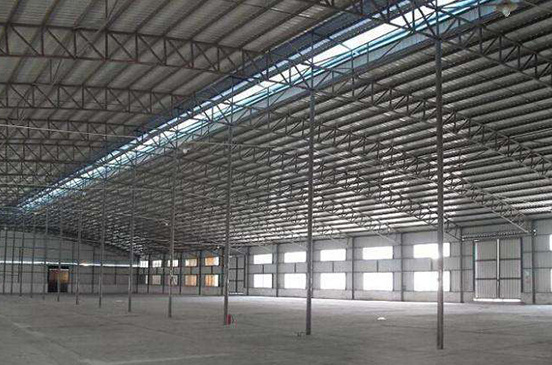
Working principle
Lattice columns are mainly composed of members and lacing. Members usually use steel sections, such as angles, channels, I-beams, etc., which are the main components of lattice columns to withstand axial forces; lacing is used to connect members, and there are two forms: lacing bars and lacing plates. Lacing bars generally use angles, forming a triangular truss system by welding or bolting with members; lacing plates are mostly steel plates, forming a rigid frame system with members. When a lattice column is subjected to axial compression or tension, the load first acts on the members, and then the force is transmitted to other members through the lacing, so that each member works together to share the load. This structural form can fully utilize the strength of steel, improve the stability and bearing capacity of the components.
Performance characteristics
High stability: Compared with solid web columns, lattice columns have a larger distance between members. Through reasonable design of lacing arrangement, the moment of inertia and radius of gyration of the components can be significantly improved, thereby enhancing their stability under compression. Under the same cross-sectional area and material conditions, lattice columns can withstand greater axial pressure without buckling failure. For example, in the temporary support structure of super high-rise buildings, lattice columns can maintain stability under high height and large load, providing a guarantee for construction safety.
Material saving: The cross-sectional form of lattice columns makes the material distribution more reasonable, avoiding the waste of material with less stress in the middle of the cross-section of solid web columns. Its members and lacing work together, concentrating the material in positions far away from the centroid, giving full play to the tensile and compressive performance of steel, thus reducing the amount of steel and engineering cost under the same bearing capacity requirements. According to statistics, in the design of frame columns in some large factories, the use of lattice columns can save 15% - 25% of steel compared with solid web columns.
Easy to manufacture and install: The members and lacing of lattice columns can be prefabricated in the factory with high manufacturing accuracy. After the components are transported to the construction site, they are assembled by welding or bolting, and the installation process is relatively simple. At the same time, its modular structural characteristics make it easy to adjust the size and splicing according to the actual needs of the project, adapting to different engineering environments and load requirements.
Strong adaptability: Lattice columns can be designed into different cross-sectional forms and sizes according to engineering needs, including double-leg, three-leg and even four-leg lattice columns. In addition, by changing the arrangement and form of lacing, the mechanical properties of lattice columns can be adjusted to meet the requirements of different projects for the strength, stiffness and stability of components. Whether used as load-bearing columns in building structures or piers in bridge engineering, lattice columns can show good adaptability.
TAG:

Lattice column
Category:
Other content
Triangular truss steel structure









